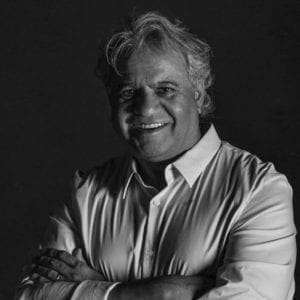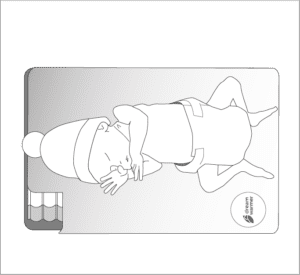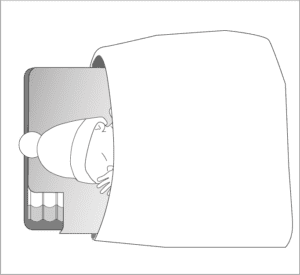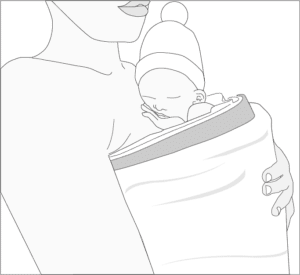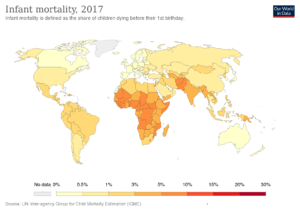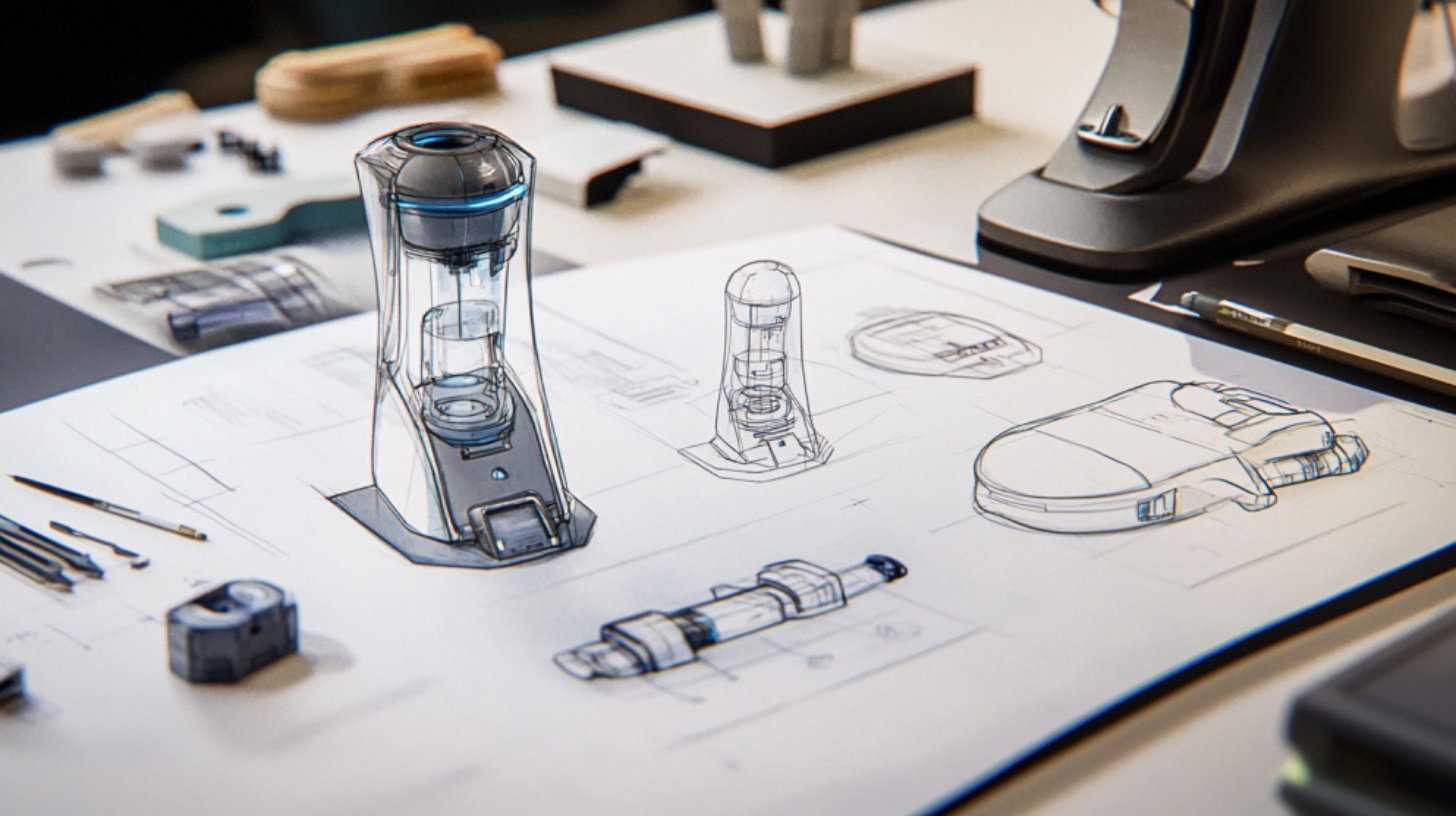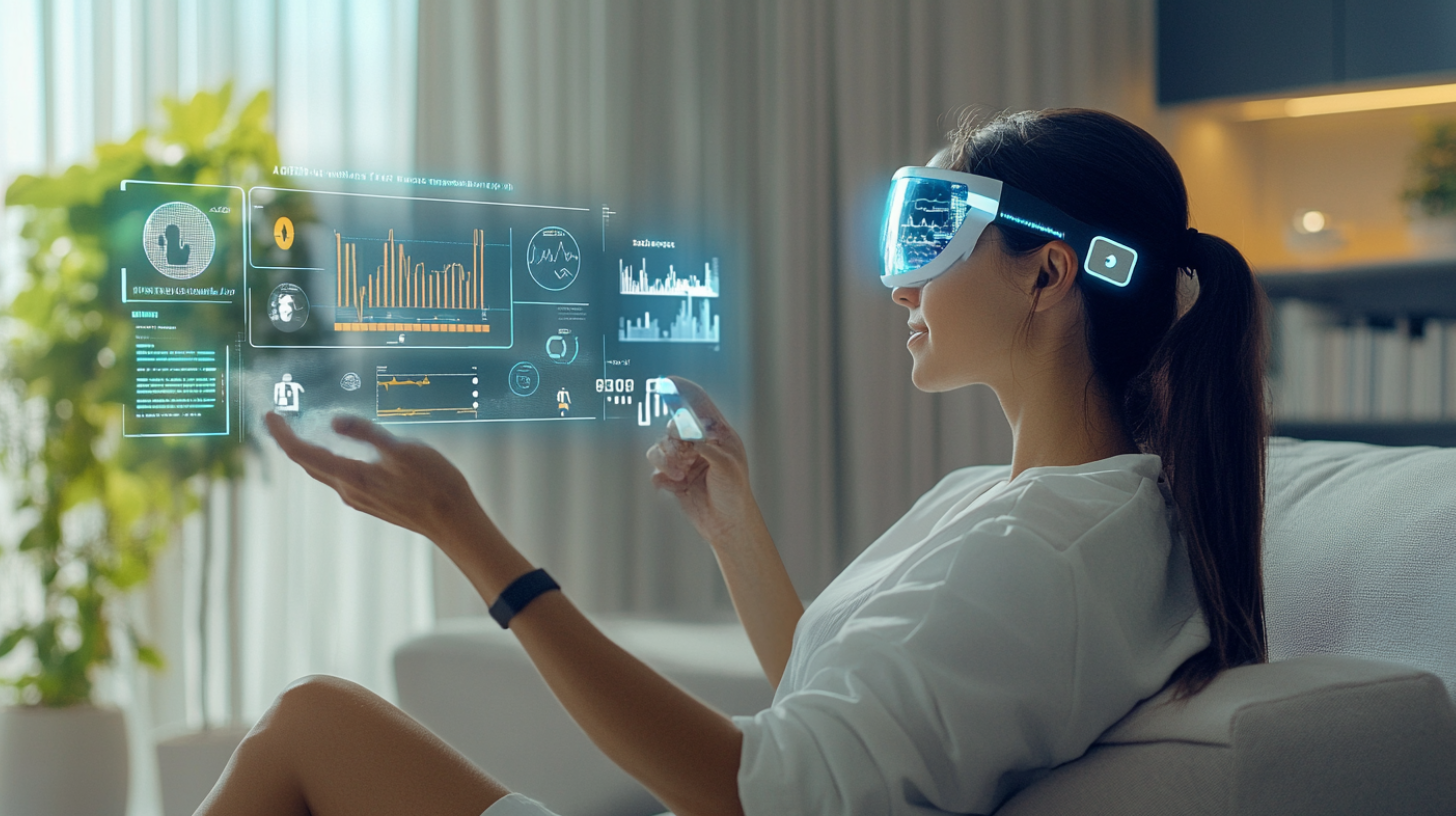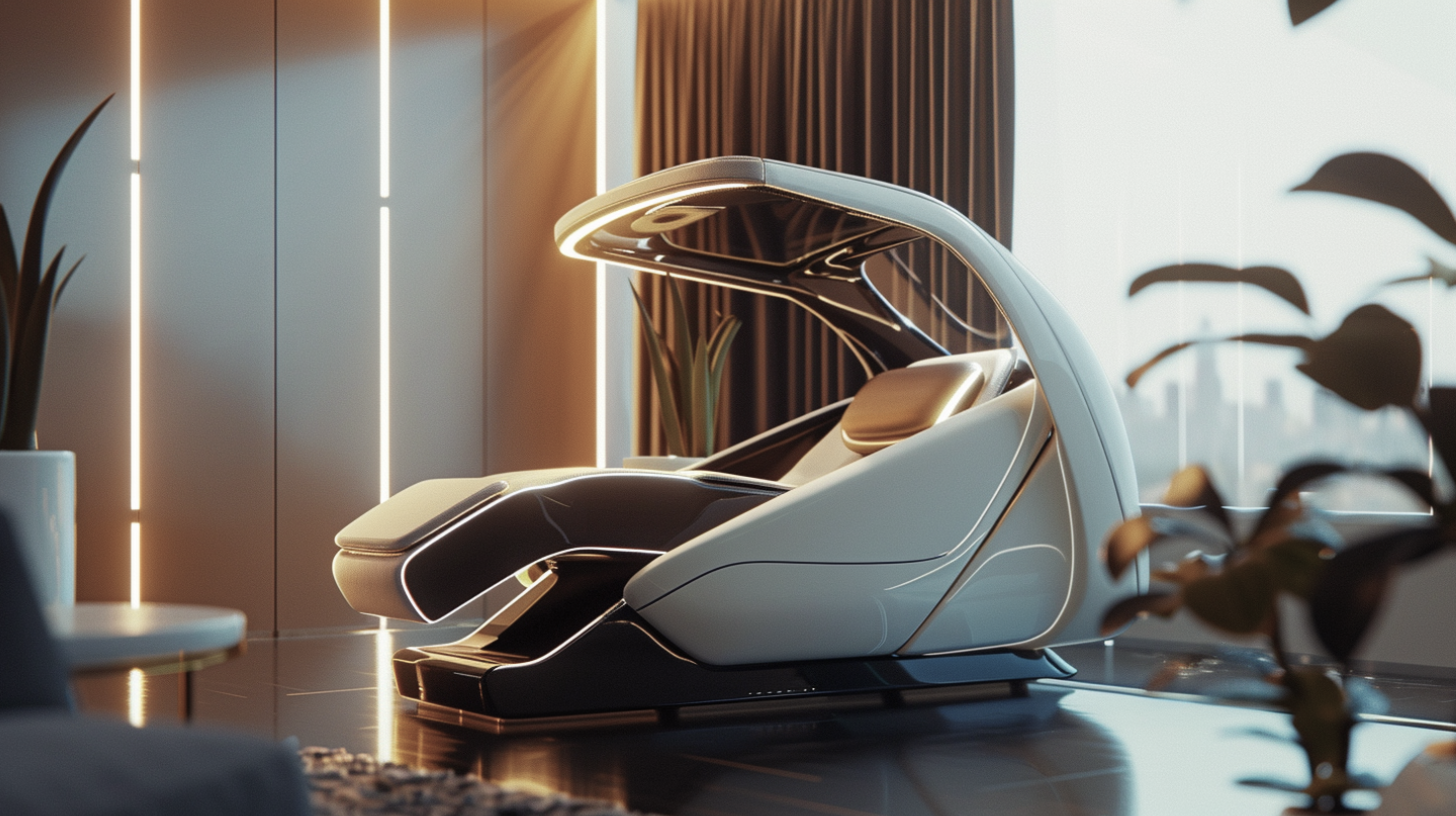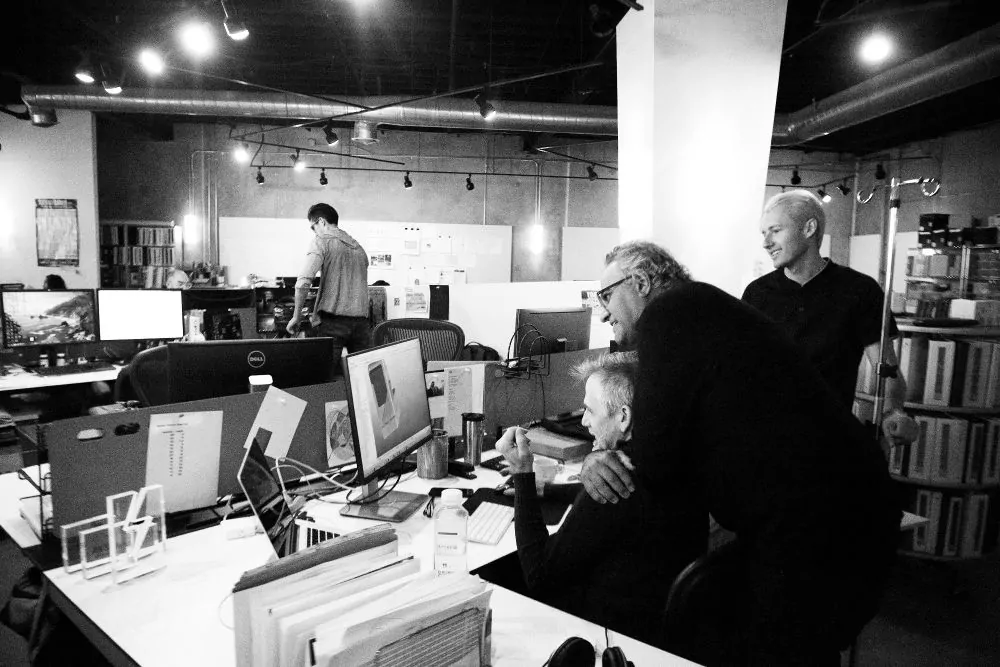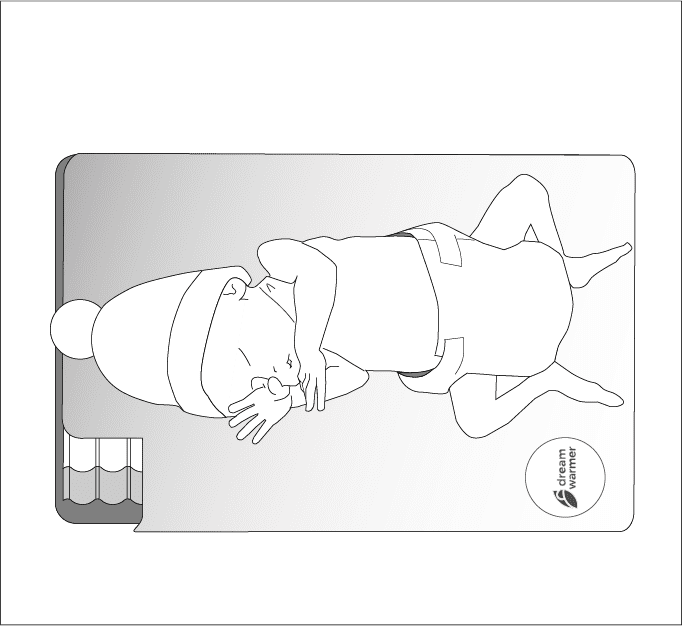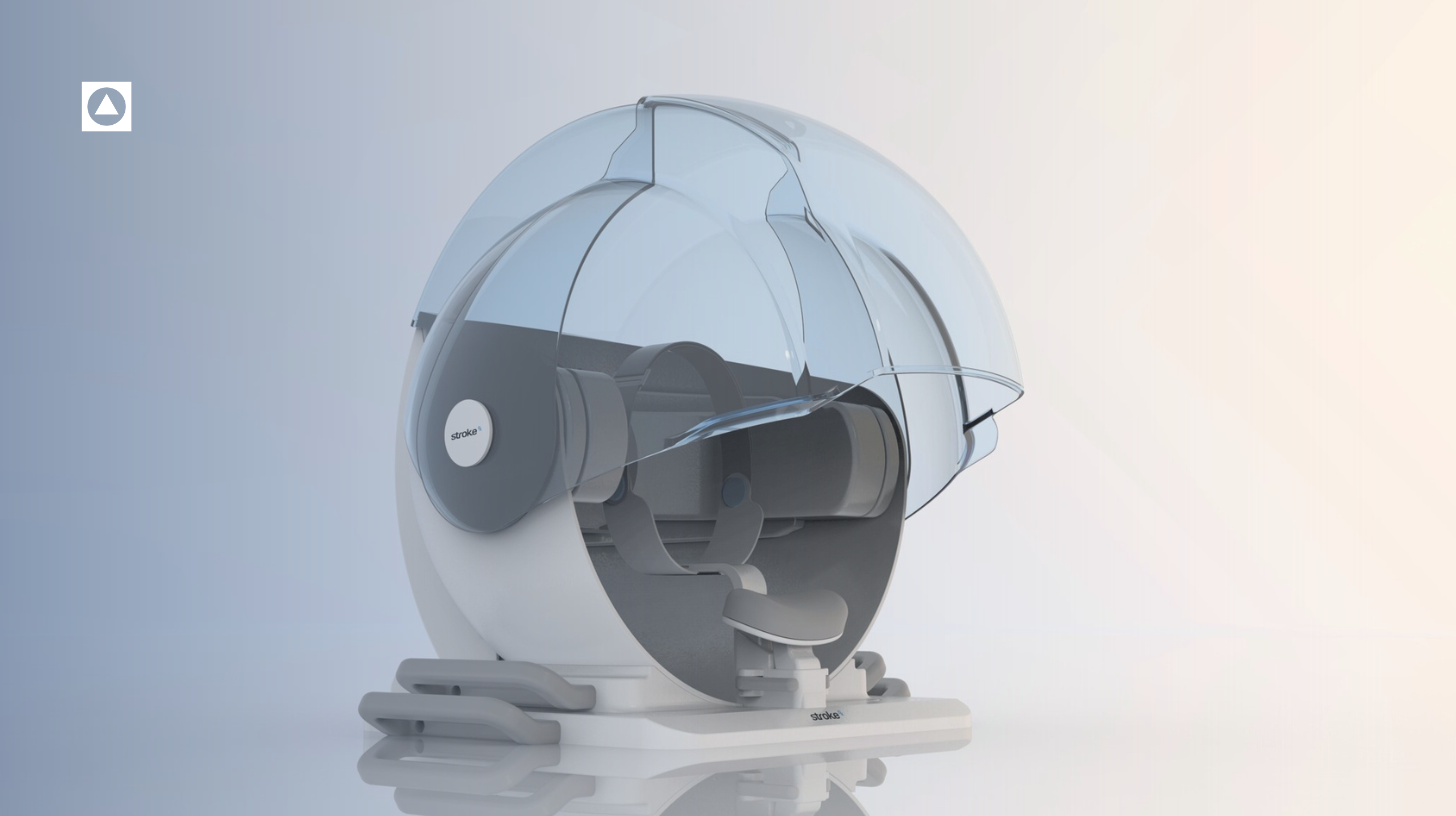The DreamWarmer™ is an easy-to-use, inexpensive, reusable, and washable non-electric infant warmer that is being studied in clinical trials in Rwanda by Boston Children’s Hospital to help reduce infant mortality in the developing world. Now Director of Product Development at RKS Design, Mike Elam led a team of scientists and engineers at Lawrence Berkeley National Laboratories to develop the mat. Once heated, it holds a constant temperature for up to six hours, using a low-tech and completely harmless phase-changing wax.
The Problem
The DreamWarmer solves a pressing and complicated issue in the developing world. In low- and middle-income countries, hypothermia contributes to about one million infant deaths per year. Newborn babies, especially babies who are low birth weight or preterm or both, tend to cool to their environment’s temperature. Therefore, even in warm climates like that of sub-Saharan Africa, newborns can become dangerously cold. While it’s rare for hypothermia to be the primary cause of death, hypothermia in newborns can contribute to respiratory problems, glucose regulation, immune system function, and, most importantly growth, including brain growth, and therefore neuro-developmental outcome. This stunting of neuro-developmental growth can perpetuate the cycle of poverty.
One solution to this immense problem has been Kangaroo Mother Care (KMC). KMC is a body warming technique recommended by the World Health Organization that uses body heat from the caregiver’s chest to keep the baby warm. But KMC is not always feasible, for example, in settings where an infant needs medical care such as resuscitation or clinical instability. KMC is not available when caregivers need to do domestic chores, work, or tend to other family members.
In developed countries that can afford them, electric warmers are the standard of care, but they are costly and require training to reduce the risk of causing both hypo and hyperthermia. Poor maintenance can significantly reduce their lifespan, increasing their cost. Furthermore, electric heaters require electricity sources, which aren’t always available in developing countries.
The Solution
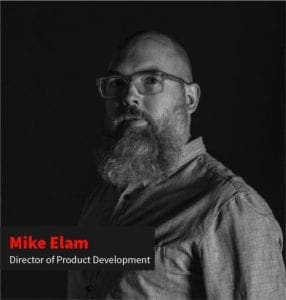
Mike and his team set out to design a warmer that would both complement KMC and enhance it. This use case also demanded heavy constraints: the blanket needed to be used without electricity, inexpensive, intuitive to use, requiring minimal training, easily washed, and reused with a goal of a thousand cycles.
The team modeled the design of DreamWarmer after a heating pad. Unlike a traditional heating pad, which uses water, the DreamWarmer uses a wax mattress. The wax mattress is composed of cylindrical “candles” designed to become liquid at skin temperature. This phase change material (PCM)is a precise mixture of non-toxic vegetable oils that change from solid to liquid at 37°C. Once heated, the wax mattress slides into an insulating sleeve constructed with a sturdy neoprene material that requires no attached fabric, can be easily cleaned and reused, and provides comfort and insulation to maximize the duration of heat transfer.
The product had to be scalable both in manufacturing and reach, which required Mike and his team to innovate at every level. “We had to develop a unique approach to filling our candle membrane with the phase change wax and make it a process that could be replicated simply at a local level, with minimal capital investment. It was a dimension of the design process that was absolutely critical to achieving maximum adoption by driving the cost of a unit as low as possible while supporting community economies through local manufacturing.”
How it works
The DreamWarmer had to be very easy to use and work in a variety of environments. While most communities in the developing world do not have reliable electricity, they have reliable sources of hot water typically used to drink, cook with, and bathe. As a result, Mike and his team designed it to work around hot water in six steps: 1) A caregiver boils water 2) they roll the warmer up and put it in the thermos 3) they fill the thermos with the heated water 4) they wait until the wax is completely melted about 30 minutes 5) they slide the warmer into the neoprene pad and 6) they wait 15 minutes for the mat to cool to the right temperature.
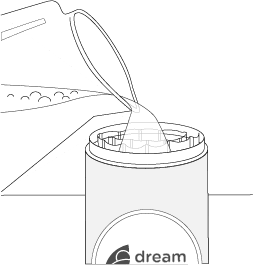 .
. 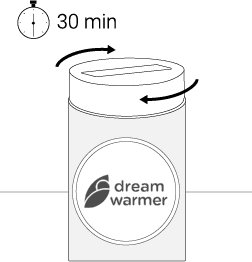 .
. 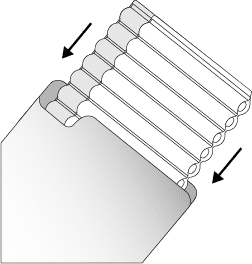 .
. 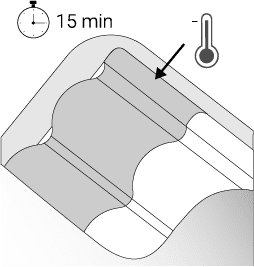 .
. 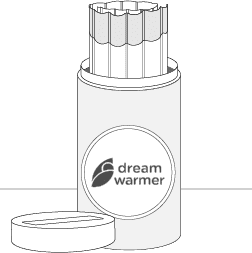
What’s next?
The DreamWarmer is already saving lives. After being successfully studied in two pilot studies at four health centers in Rwanda, the DreamWarmer is now undergoing studies in ten hospitals in even more communities. In this new study, Boston Children’s Hospital is assessing the safety and efficacy of the DreamWarmer as an addition and enhancement to KMC. Mike Elam has been following his work closely, “there’s nothing more rewarding than applying the design process and achieving a result like this, a product that will save thousands of infants’ lives, with low enough manufacturing costs to make it accessible to even the poorest communities.” Should the trial prove successful, the DreamWarmer will see an even greater rollout across the Continent, as it continues to save lives.
Want to learn more?
Want to learn even more?
https://patentimages.storage.googleapis.com/d1/7a/39/a304db05210307/USD773681.pdf
https://www.globalnewborn.org/our-technology/
https://clinicaltrials.gov/ct2/show/NCT03890211
https://www.ncbi.nlm.nih.gov/pmc/articles/PMC6361488/
https://www.smartpatients.com/trials/NCT03031431
http://www.puretemp.com/pcmatters/pcm-equipped-infant-warming-mat-set-for-large-scale-trial-in-rwanda
